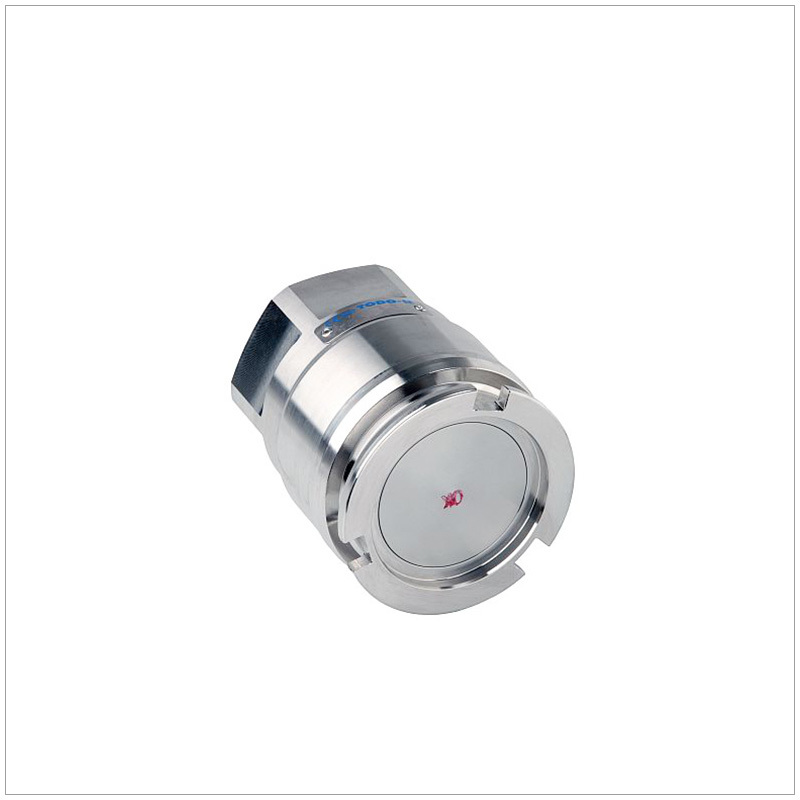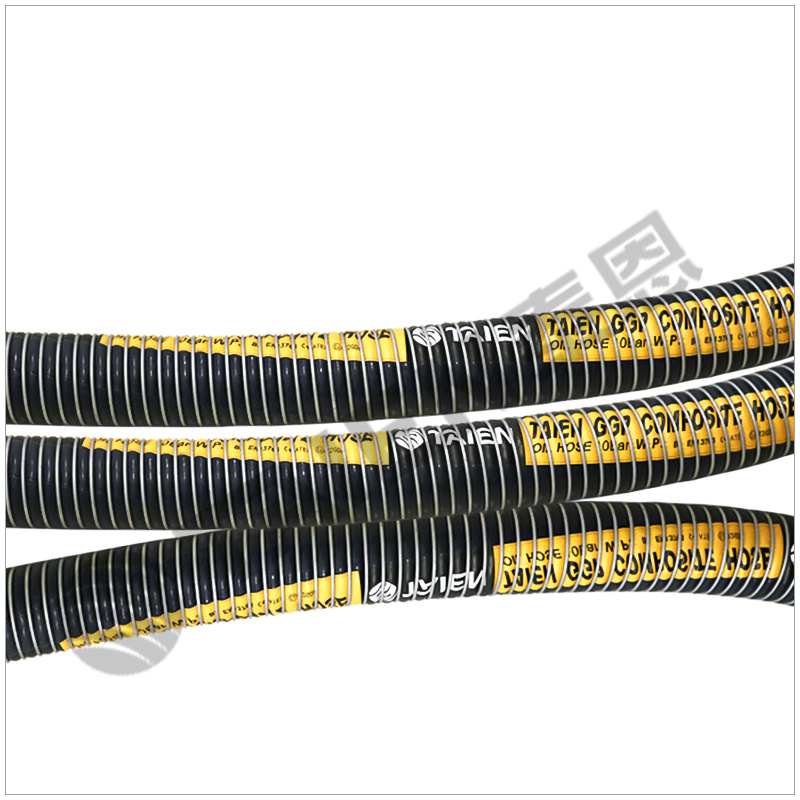Comparing High Temperature Hoses: What Sets Them Apart?
Release time:
2025-08-15
Author:
Source:
Abstract
Comparing High Temperature Hoses: What Sets Them Apart?
Understanding High Temperature Hoses
High temperature hoses play a crucial role in various industrial and commercial applications. These specialized hoses are designed to withstand extreme temperatures and are essential for transporting fluids, gases, and other materials in environments where standard hoses would fail. Understanding the chara
Comparing High Temperature Hoses: What Sets Them Apart?
Understanding High Temperature Hoses
High temperature hoses play a crucial role in various industrial and commercial applications. These specialized hoses are designed to withstand extreme temperatures and are essential for transporting fluids, gases, and other materials in environments where standard hoses would fail. Understanding the characteristics that set high temperature hoses apart is vital for selecting the right hose for your needs.
Key Characteristics of High Temperature Hoses
High temperature hoses come with unique features designed to handle intense heat. Here are the key characteristics that differentiate these hoses from standard options:
1. Material Composition
The material used in manufacturing high temperature hoses significantly influences their performance. Common materials include:
- **Thermoplastic Elastomers (TPE)**: Known for their flexibility and resistance to heat, TPE hoses can operate effectively in various temperature ranges.
- **Silicone**: Silicone is a popular choice due to its excellent thermal stability and flexibility, making it ideal for high-temperature applications.
- **PTFE (Polytetrafluoroethylene)**: PTFE hoses are ultra-resistant to chemicals and can handle high temperatures, making them suitable for harsh environments.
2. Temperature Ratings
Different hoses are rated for various temperature ranges. Understanding these ratings is crucial:
- **Standard High Temperature Hoses**: Typically rated for temperatures up to **300°F (149°C)**.
- **Advanced High Temperature Hoses**: These can endure temperatures exceeding **500°F (260°C)**, often used in specialized industrial applications.
3. Pressure Ratings
In addition to temperature, high temperature hoses must also withstand specific pressure ratings. Choosing a hose that can handle the operational pressure of your application is essential to prevent failures and ensure safety.
Applications of High Temperature Hoses
High temperature hoses are utilized in numerous industries, each requiring specific features depending on their operational environment. Here are some common applications:
1. Automotive Industry
In the automotive sector, high temperature hoses are often used for:
- **Cooling Systems**: Transporting coolant fluids at elevated temperatures.
- **Exhaust Systems**: Handling high thermal loads from exhaust gases.
2. Food and Beverage Industry
Food-grade high temperature hoses are crucial for:
- **Steam Cleaning**: Utilizing high temperatures and pressures to sanitize equipment.
- **Hot Water Transfer**: Ensuring safe transportation of hot water for various processes.
3. Chemical Processing**
In chemical applications, high temperature hoses must resist corrosive substances while withstanding high temperatures, making materials like PTFE essential.
4. HVAC Systems
High temperature hoses are often employed in heating, ventilation, and air conditioning (HVAC) systems to carry hot air or fluids efficiently.
What to Consider When Choosing High Temperature Hoses
Selecting the right high temperature hose involves several important considerations. Here are some factors to keep in mind:
1. Compatibility with Fluids
Ensure that the hose material is compatible with the fluids it will transport to avoid chemical reactions and degradation.
2. Environmental Conditions
Consider the environmental factors where the hose will be used, including exposure to UV rays, abrasives, and other potentially damaging elements.
3. Flexibility and Bend Radius
Depending on your application, the hose’s flexibility and minimum bend radius may be crucial. Hoses with higher flexibility can be easier to install in tight spaces.
4. Length and Diameter
Ensure the hose length and diameter meet your system requirements. Oversized hoses can lead to inefficiencies, while undersized hoses can create pressure drops.
5. Certifications and Standards
Check for industry certifications and standards that the hose complies with, especially for applications in food and beverage or chemical processing.
Innovations in High Temperature Hose Technology
The field of high temperature hoses continues to evolve. Here are some recent innovations that set modern hoses apart:
1. Enhanced Heat Resistance
New materials and manufacturing processes have improved the heat resistance of hoses, allowing them to perform under more demanding conditions.
2. Lightweight Designs
Technological advancements have led to the creation of lighter hoses without compromising strength or durability, improving ease of handling and installation.
3. Improved Flexibility
Modern high temperature hoses are designed to be more flexible, making them easier to maneuver in tight spaces and reducing the risk of kinks and bends.
4. Eco-Friendly Materials
With a growing emphasis on sustainability, some manufacturers are producing hoses made from recycled or eco-friendly materials, offering a greener alternative without sacrificing performance.
Maintenance and Care for High Temperature Hoses
To ensure longevity and optimal performance, proper maintenance of high temperature hoses is essential. Here are some tips:
1. Regular Inspections
Conduct regular inspections to check for signs of wear, cracking, or leaks. Early detection can prevent costly failures.
2. Avoid Overheating
Ensure that the hose operates within its specified temperature range to prevent damage. Overheating can lead to premature failure.
3. Clean Thoroughly
Depending on the application, ensure that hoses are clean and free from debris. For food-grade hoses, adhere to food safety regulations during cleaning.
4. Store Properly
When not in use, store hoses in a cool, dry place away from direct sunlight and harsh chemicals to prolong their lifespan.
FAQs About High Temperature Hoses
1. What is the maximum temperature a high temperature hose can handle?
The maximum temperature varies by material. Standard hoses can typically handle up to 300°F, while advanced hoses can withstand temperatures above 500°F.
2. Are high temperature hoses suitable for chemical transportation?
Yes, many high temperature hoses are designed for chemical resistance, particularly those made from materials like PTFE.
3. How often should high temperature hoses be replaced?
The frequency of replacement depends on usage, but regular inspections should be conducted to identify wear or damage.
4. Can high temperature hoses be used in food applications?
Yes, food-grade high temperature hoses are available and are designed to meet safety standards for transporting food and beverages.
5. What factors contribute to the lifespan of a high temperature hose?
Factors include material quality, usage conditions, maintenance practices, and adherence to temperature and pressure ratings.
Conclusion
High temperature hoses are indispensable in numerous industries where heat resistance and durability are critical. Understanding the key characteristics, applications, and innovations surrounding these hoses can help you make an informed decision when selecting one for your specific needs. By considering factors such as material composition, temperature ratings, and maintenance requirements, you can ensure optimal performance and longevity of your high temperature hoses. Make sure to stay updated with the latest technologies and practices to maximize efficiency and safety in your operations.
Recommended Reading














